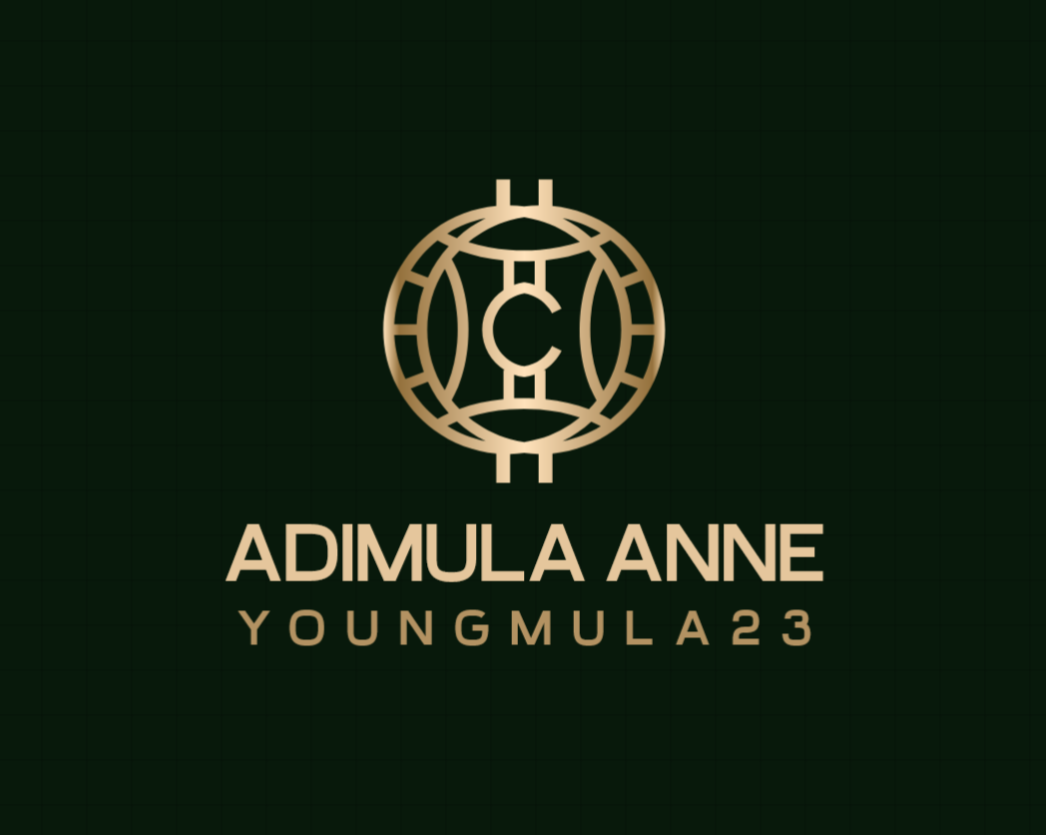The Power of Communication: More Than Just Words

In a world filled with constant noise text messages, emails, social media updates, and Zoom calls communication has never been more important. Yet, it’s also never been more misunderstood.
We often think of communication as simply “talking” or “writing,” but in truth, it’s much deeper. It’s about connecting, understanding, and being understood.
What Is Communication?
At its core, communication is the process of exchanging information, thoughts, feelings, or ideas between individuals or groups. It can be spoken, written, non-verbal, or even visual and it’s something we do every day, whether we realize it or not.
Why Communication Matters
Communication shapes every aspect of our lives. Here’s why it’s so vital:
It builds relationships. Whether it’s a family, friendship, or team, clear communication strengthens trust and connection.
It fuels collaboration. Teams can’t function without shared understanding.
It prevents misunderstandings. The clearer we are, the less room there is for confusion or conflict.
It influences others. Good communication persuades, motivates, and inspires.
It expresses who we are. Our words, tone, and style reflect our identity and values.
Types of Communication
We use different forms of communication depending on the situation:
1. Verbal Communication
Spoken words, tone, pitch, and rhythm.
Examples: Conversations, presentations, phone calls.
2. Non-Verbal Communication
Body language, facial expressions, gestures, and silence.
Examples: Nods, eye contact, posture.
3. Written Communication
Text-based messages that can be re-read and reviewed.
Examples: Emails, articles, reports, social media posts.
4. Visual Communication
Using visuals to convey meaning.
Examples: Infographics, charts, videos, signs.
5. Digital Communication
Technology-mediated interaction.
Examples: Zoom calls, instant messaging, virtual meetings.
Skills for Effective Communication
To become a great communicator, consider developing these key skills:
Active Listening – Focus fully on the speaker and avoid interrupting.
Clarity – Use simple, direct language to avoid confusion.
Empathy – Understand and respect others’ emotions and perspectives.
Feedback – Offer and receive constructive input gracefully.
Confidence – Express your ideas with assurance and poise.
Adaptability – Adjust your style based on your audience or setting.
Communicating in a Digital World
In our tech-driven world, we send and receive messages faster than ever but that also increases the risk of misinterpretation. Sarcasm doesn’t always translate well in text. A missed comma might change the meaning of a message entirely.
That’s why digital communication requires:
Careful word choice
Tone awareness
Respect for timing and response
Proper etiquette (like replying promptly or using respectful language)
Communication Across Fields
No matter your career path or passion, communication plays a vital role:
In Tech: explaining complex systems in simple terms
In Business: leading, negotiating, and managing teams
In Education: teaching and connecting with students
In Healthcare: building trust with patients
In Relationships: resolving conflict and deepening emotional bonds
Final Thought
Communication isn’t just about speaking it’s about connection.
When we communicate well, we don’t just exchange information we build bridges. We foster empathy. We solve problems and spark ideas. In a divided world, strong communication is what brings us together.
So whether you’re leading a team, writing a blog, mentoring someone, or just having a heart-to-heart with a friend remember: the way you communicate shapes the world around you.

Leave a Reply